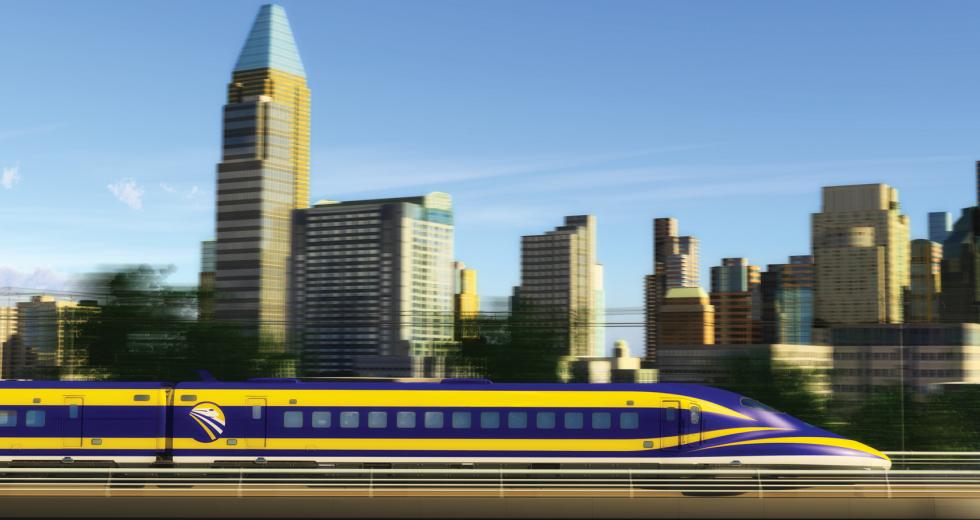In 2014, we reported on the progress of the contentious and embattled California high-speed rail project starting to take shape (“One-Track Mind” by Allen Young, January 2014). We recently checked back in with Jeff Morales, CEO of the California High-Speed Rail Authority, to see where the project is now and why it’s still making headlines.
In May, the Obama administration quietly approved the updated High-Speed Rail Authority federal contract, allowing the $64 billion project to stay on-track to connect Silicon Valley to the Central Valley — and effectively approving the Authority’s four-year extension of its project’s deadline to 2024.
Because part of the funding for the California HSR comes from an American Recovery and Reinvestment Act grant administered in 2010, long before several more-recent California HSR business plans were released, officials had to go back to the federal government with any updates to the contract. Still, Morales says, that doesn’t change the fact that all ARRA funds must be spent by September 2017.
“It’s a case of building the bike while we’re riding it,” Morales says of the need to continually revise the business plan. “We won’t start building something until we know we can finish it,” he says. One of HSR’s biggest obstacles has been acquiring the necessary right-of-way for nearly 500 miles of track, which will eventually transport passengers from San Francisco to Los Angeles in under three hours.
As of now, Morales says, more than 250 local companies are under contract for the project — but he recognizes the difficulty in telling these companies and future customers of the high-speed rail to wait. “One of the biggest challenges we have in doing this is the time it takes — because of the scale of it — and keeping people’s engagement. It’s hard to tell people, ‘Hang on, we’ll be done in nine years.’”
But Morales believes, “When people look back on this program, they will wonder what the heck was all the fuss about.”



